1 in 15 Americans have a sleep apnea diagnosis. What’s more, as many as 1 in 50 Americans may not know they have a sleep disorder.
You may think getting a sleep apnea diagnosis isn’t a big deal. After all, the top treatments for this condition are simple lifestyle changes. However, if you are currently or getting ready to get TRT, you may want to think again.
Over the past few decades, researchers and medical professionals have uncovered a link between testosterone and sleep apnea.
What does this link mean if you experience sleep apnea symptoms and want to get TRT? We are explaining the answer to this question and many more in this complete guide, so keep reading to find out.
What Is TRT?
TRT stands for testosterone replacement therapy. It is a treatment for low testosterone levels, but it is also helpful for improving testosterone levels in people who are not deficient.
Testosterone is a hormone. It plays a role in male libido, muscle and bone growth, metabolism, and red blood cell production. As men age, testosterone levels start to decline.
Who Needs TRT?
Men with low testosterone may need TRT. Age-related declines in testosterone levels are one of the top causes of low testosterone. However, some men may have low testosterone levels due to genetics.
Low testosterone levels can lead to sexual dysfunction. Lower sex drive (libido), fewer erections, difficulty having erections (erectile dysfunction), and reduced sperm count are common.
Other symptoms of low testosterone include:
- Difficulty sleeping
- Muscle loss
- Bone loss
- Sudden or unexplained weight gain
People with hypogonadism may also benefit from TRT. Hypogonadism is a condition where the male testes or the central nervous system fails to produce enough testosterone hormones.
Additionally, some men use TRT for non-medical purposes. Online hormone therapy is for men who want to lose weight, feel more energized, boost endurance, or increase muscle mass.
How Does TRT Work?
TRT works by administering a daily or monthly dose of testosterone into your system. How often someone needs TRT depends on the route of administration. Route of administration refers to how testosterone gets into your system.
You can take testosterone orally or via injection. Intramuscular injections work faster but may not last as long since they are administered and absorbed directly into the bloodstream.
Some companies also sell transdermal testosterone patches and creams. Men can apply testosterone patches once per day. Some creams require application twice daily.
Are There Risks to Using TRT?
Yes, there are risks to using TRT. You should weigh these risks against the potential benefits before starting TRT. Side effects of using testosterone may include but are not limited to:
- Chest pain
- Breathing problems
- Trouble speaking
- Cardiovascular issues
- Swelling of the extremities
- Enlarged prostate
- Acne
- Low sperm count
Importantly, TRT use is also associated with an increased risk of sleep apnea. What is sleep apnea, and how worried should you be about it if you’re undergoing TRT?
What Is Sleep Apnea?
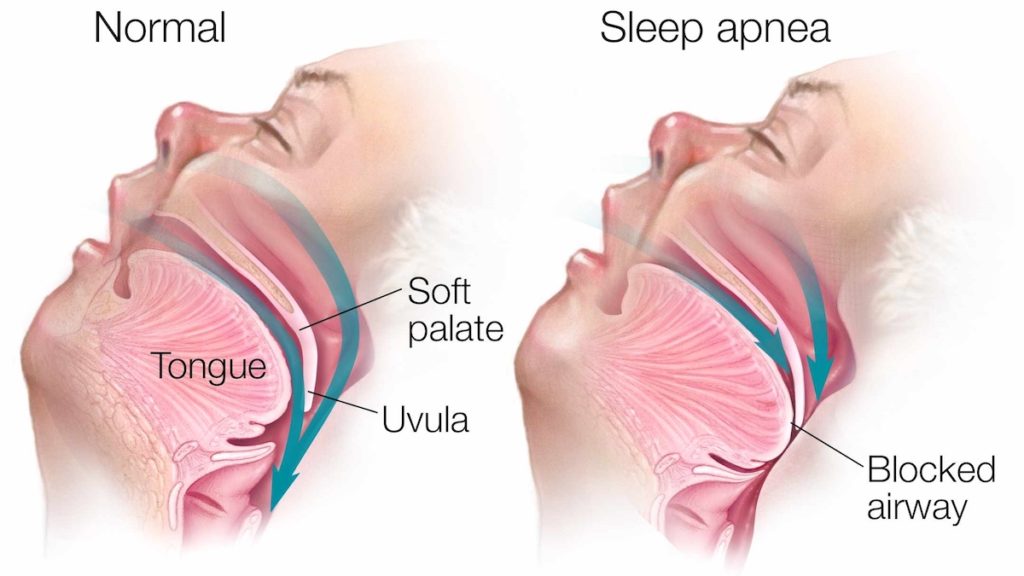
Sleep apnea is a common disorder that predominately affects people when they are sleeping. It is one of 80 different sleep disorders. There are three types of sleep apnea:
- Obstructive sleep apnea
- Central sleep apnea
- Complex sleep apnea
All three types share one thing in common: repeatedly stopping and starting breathing throughout the night, leading to a lack of sleep. The biggest difference between the three types of sleep apnea is what causes them.
What Causes Sleep Apnea?
TRT is a cause of sleep apnea, but it is not the only cause. Obstructive sleep apnea is the most common type of sleep apnea. It happens when the throat muscles relax too much during sleep, blocking the flow of air.
Central sleep apnea is much less common. It is a central nervous system disorder in which the brain fails to communicate with the muscles that control breathing.
Complex sleep apnea is also known as treatment-emergent central sleep apnea. It comes about when someone with an obstructive sleep apnea diagnosis undergoes treatment and develops central sleep apnea.
What Are the Risk Factors for Sleep Apnea?
Each type of sleep apnea comes with unique risk factors. For example, obstructive sleep apnea is more common among men, older adults, and individuals with higher BMIs.
Other possible causes of the most common type of sleep apnea are:
- Tobacco use
- Sleeping on your back
- Genetics
- Sinus problems
- Alcohol abuse
- Certain heart and lung conditions
- An underactive thyroid
Risk factors for central sleep apnea include age and gender, too. Chronic opioid abuse and living in high-altitude areas are often associated with this type of sleep apnea.
The primary risk factor for complex sleep apnea is getting treatment for an obstructive sleep apnea diagnosis. Researchers aren’t sure exactly what causes this type of sleep apnea to progress to central sleep apnea.
What Are the Symptoms of Sleep Apnea?
Though they have different causes, all three types of sleep apnea feature similar symptoms. Signs that you may have this sleep disorder are:
- Snoring
- Waking up gasping for air
- Dry mouth
- Early morning headaches
- Trouble concentrating during the day
- Irritability throughout the day
- Insomnia
- Hypersomnia
The most obvious sign of sleep apnea is if you frequently stop breathing while you are asleep. A dry mouth and waking up gasping can indicate this symptom. It can be difficult to know for sure without someone else observing you.
If you are worried that you have sleep apnea, ask a trusted partner or friend to observe you while you sleep. If your partner complains about loud snoring, it may be time to see a doctor.
How Do Doctors Diagnose Sleep Apnea?
Doctors diagnose sleep apnea using a multi-step process that typically includes a sleep study. A sleep study allows doctors to use sensors to monitor your breathing rate as you sleep.
People with mild sleep apnea and central sleep apnea need to visit a sleep clinic to get their sleep test. The most common type of sleep test is polysomnography. Throughout the night, this test tracks:
- Breathing rate
- Oxygen levels
- Sleep stages (e.g., REM vs non-REM)
- Muscle movement
Most people only need to spend one or two nights at a sleep clinic to receive a diagnosis. People with severe obstructive sleep apnea may do an at-home sleep study. However, a doctor still has to interpret the results.
Does Sleep Apnea Lead to Complications?
Yes, sleep apnea can lead to serious complications. For example, untreated sleep apnea can increase your risk of chronic diseases like high blood pressure, type-2 diabetes, and heart problems.
In the short term, sleep apnea can make it difficult to stay awake during the day. Sadly, car accidents are more common in people with sleep apnea for this reason. You may also feel irritable, unfocused, or even depressed.
Sleep apnea doesn’t just have implications for your health. Your partner may also experience sleep disturbances because of your loud snoring or repeated awakenings throughout the night.
Testosterone and Sleep Apnea: What’s the Connection?

As mentioned earlier, the risk of sleep apnea is higher among individuals who are male or assigned male at birth. Considering the shared characteristic of higher testosterone levels, it is not difficult to draw a link between sleep apnea and testosterone in these individuals.
It’s even less of a jump when you consider that the risk of sleep apnea increases with age. In men, testosterone levels begin declining naturally around the time the risk of sleep apnea goes up.
Another piece of evidence to consider for the link between testosterone and sleep apnea comes from studies of men with low testosterone. Men with low testosterone levels tend to have a higher chance of developing this sleep disorder.
Though we need more research to know for sure, scientists theorize that low testosterone’s impact on muscles and BMI could explain the link to sleep apnea. Having low testosterone leads to lower muscle mass and a higher BMI, both of which are risk factors for sleep apnea.
However, the reverse is also true. High testosterone levels are also correlated with an increased risk of sleep apnea. The connection between the two is even less understood than the link between low testosterone and sleep apnea.
Some researchers believe high testosterone’s effect on muscle mass could play a role. Higher testosterone means more muscle mass. As the throat muscles get larger, airway obstruction may become more likely.
No matter the exact cause, one thing is for sure: TRT and sleep apnea are connected. For example, sleep apnea is often a side effect of TRT. It should be no wonder when we consider that TRT alters testosterone levels in the body.
What to Do for TRT and Sleep Apnea
Undergoing TRT may increase your risk of developing sleep apnea. If you have a sleep apnea diagnosis already, you should also understand that TRT has the potential to worsen your symptoms.
As long as you talk to a medical professional, you can still undergo TRT. First, you need to get treatment. Read on to learn how a diagnosis, TRT and CPAP treatments, and therapeutic phlebotomy can help you stay safe.
Get a Sleep Apnea Diagnosis
If you suspect you have sleep apnea, it is critical to talk to a doctor. It is even more important to get a diagnosis if you plan to do TRT. That way, you can get treatment to reduce potential complications.
As we mentioned, a sleep study can diagnose you with this disorder. You can’t conduct a sleep study on your own. A medical professional must administer or interpret it to receive a valid diagnosis.
Once you are diagnosed with sleep apnea, you can begin treatment. You should only begin TRT once your symptoms are under control.
Adhere to Your Treatment Plan
It is crucial to adhere to your sleep apnea treatment plan if you want to relieve your symptoms. Following your doctor’s guidelines is even more critical while you are doing TRT.
Treatment for mild sleep apnea may include simple lifestyle changes. Your physician may suggest losing weight, quitting tobacco, sleeping on your side or stomach, or getting treatment for your sinus issues.
Wearing a mouthguard or another type of oral appliance may also help alleviate symptoms. These products force your jaw forward, opening the airways and preventing throat collapse during the night.
The most common treatment for severe sleep apnea is a CPAP machine. CPAP stands for Continuous Positive Airway Pressure. These medical devices pump pressure into your airways, forcing them to remain open while you sleep.
If your doctor recommends one of these devices, TRT and CPAP machines can go hand in hand. You will experience fewer symptoms and may even prevent higher testosterone levels from exacerbating your condition.
Monitor Hemoglobin and Hematocrit Levels
Hemoglobin and hematocrit levels can be used to measure the amount of oxygen circulating throughout the body. Monitoring hemoglobin and hematocrit levels during TRT is a great way to track sleep apnea symptoms.
A blood test can identify normal or abnormal levels of these blood components. In men, normal levels of hematocrit range from 41%-50%. Normal hemoglobin levels for men range from 13.5-17.5 g/dL.
What happens if your hematocrit or hemoglobin levels are outside of these ranges? Blood donation (also known as therapeutic phlebotomy) can help prevent negative side effects while you are still undergoing TRT.
Get TRT Online
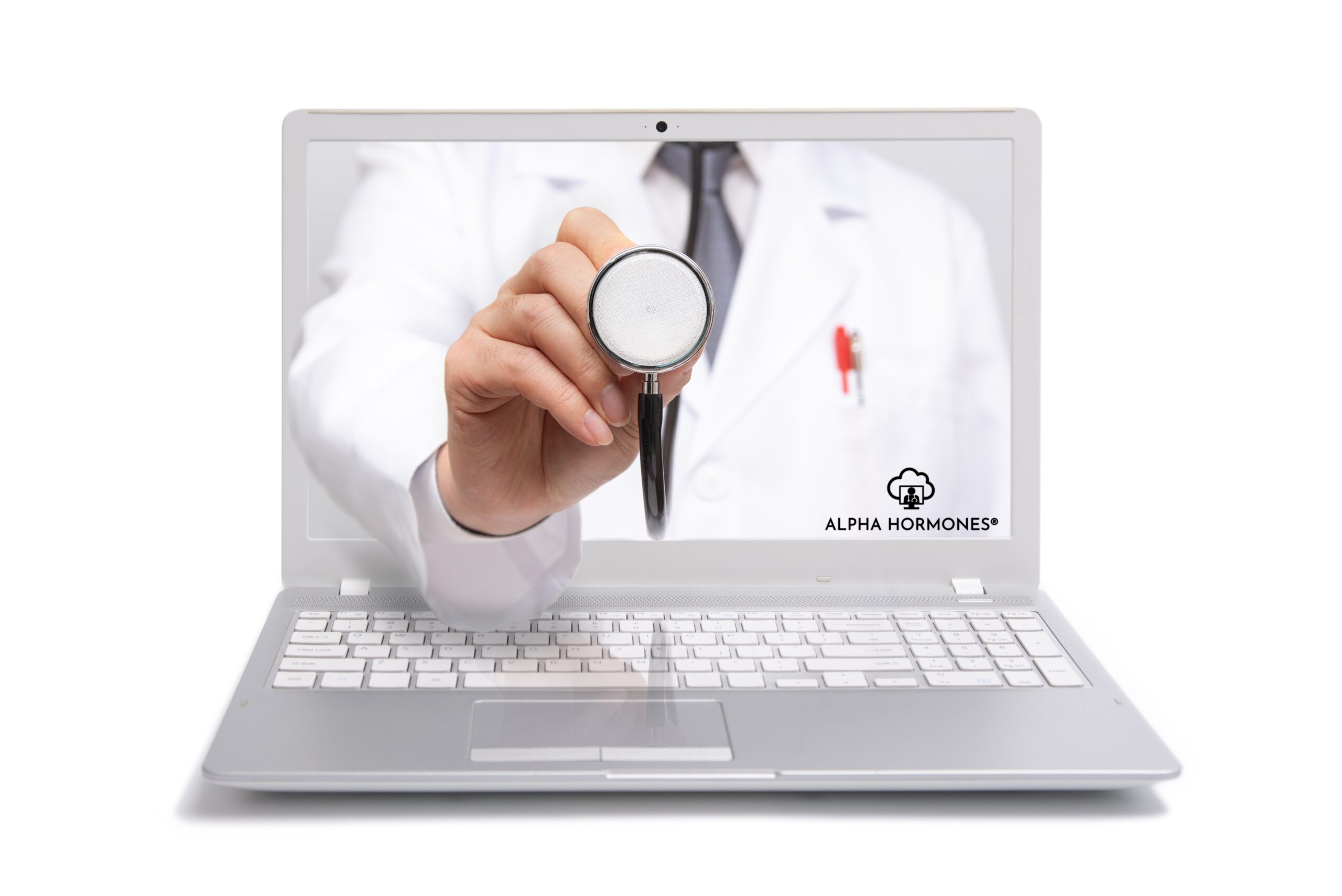
The connection between testosterone and sleep apnea has major implications for people undergoing TRT. TRT and sleep apnea may bring about new symptoms in at-risk groups. It may worsen symptoms if you have a previous sleep apnea diagnosis.
The good news is that there are ways to prevent TRT from causing or worsening sleep apnea symptoms. For example, TRT and CPAP treatments can lower your risk of new or worsening sleep apnea symptoms.
Are you ready to safely take advantage of the benefits of testosterone replacement therapy? Alpha Hormones makes it easy to access the treatments you need. Book an appointment to get TRT online from Alpha Hormones today!
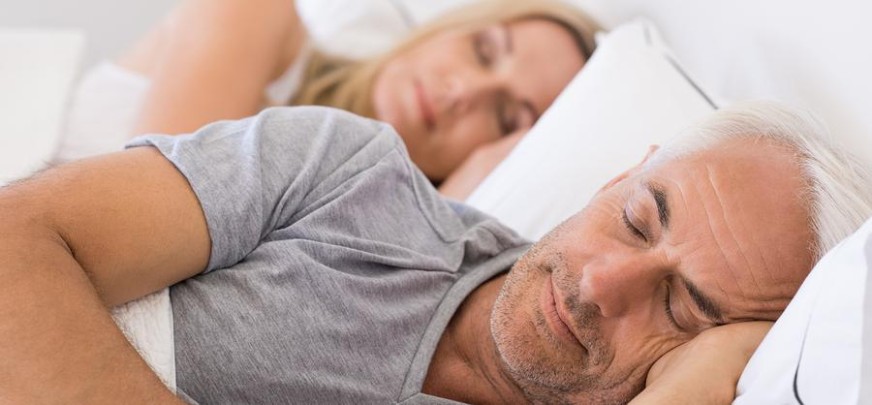
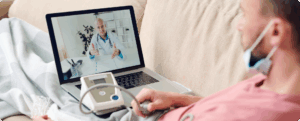









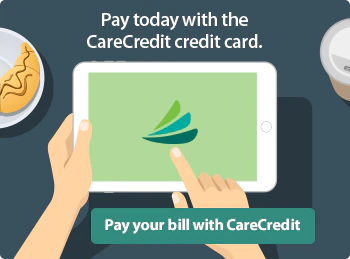

3 Responses
Very informative.
I do not even know how I ended up here, but I thought this post was great. I do not know who you are but certainly you’re going to a famous blogger if you are not already 😉 Cheers!
Loved this post! So well-written and full of good ideas.